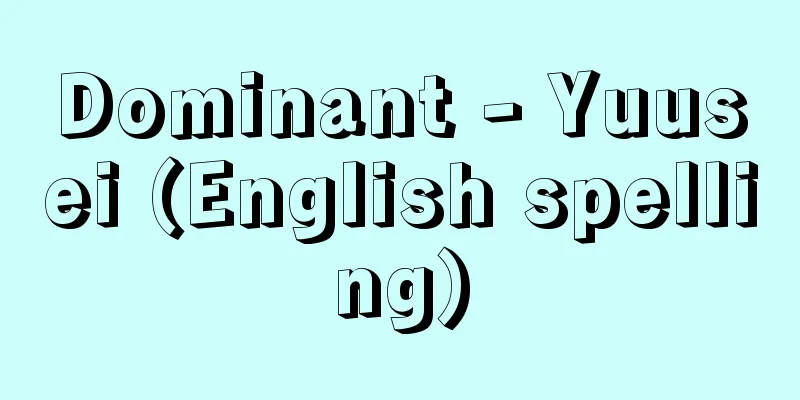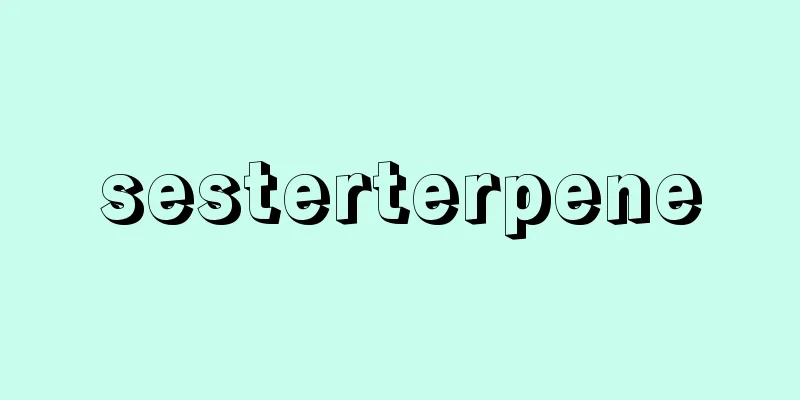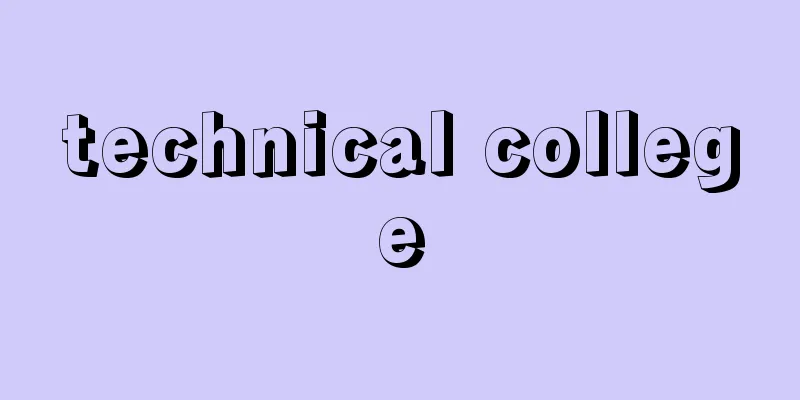Dominant - Yuusei (English spelling)

|
A trait or gene that appears as a trait in an individual with a heterozygous genotype for a pair of allelic traits in an organism is called dominant. In contrast, a trait or gene that does not appear as a trait is called recessive. This term was first coined by Mendel, the discoverer of the laws of heredity, when he named the traits that appear in the first generation of hybrids produced in a mating experiment between parents that have one of seven pairs of allelic traits, such as the shape and color of pea seeds and pods, as dominant, and the traits that are hidden and not expressed as recessive. Dominant traits cannot be said to be more advantageous or superior to an organism than recessive traits. There are various types of dominant traits, including complete dominance, incomplete dominance, and conditional dominance, depending on how they are expressed. In humans, finger and toe malformations are inherited dominantly. Typical brachydactyly, in which the second segments of the four fingers other than the thumb are shortened, and brachydactyly of the index finger and middle finger are also known to be dominant traits. Other conditions caused by autosomal dominant genes include tonic muscular dystrophy (inability of the muscles to relax rapidly after maximum contraction, which can also lead to a decline in intelligence), retinoblastoma (a tumor that develops in the retina of children up to about the age of three. While it can heal naturally, in many cases it can cause white pupils, strabismus, poor vision, and even blindness), anophthalmia, and aniridia. [Kuroda Yukiaki] "Human Genetics" by Takashi Komai (1966, Baifukan) " ▽ "Public Health" by Eiichi Nakano et al. (1990, Rikogakusha) ▽ "Aging and Immortalization of Human Cells" by Toshinori Ide (1994, Yodosha) ▽ "Genetics for the 21st Century 1: Basic Genetics" edited by Yukiaki Kuroda (1995, Shokabo) ▽ "Can Humans Create Life? - The Progress and Future of Evolutionary Science" by Takashi Gojohori (1995, Maruzen) [Reference] | | | | | | | | |heterozygosity| |Source: Shogakukan Encyclopedia Nipponica About Encyclopedia Nipponica Information | Legend |
|
生物の1組の対立形質について、ヘテロ(異型)の遺伝子型をもつ個体で、形質として現れる性質、またはその遺伝子を優性という。これに対して、形質としては現れない性質、またはその遺伝子を劣性という。この語は遺伝の法則の発見者メンデルが、エンドウの種子や莢(さや)の形、色など互いに異なる7組の対立形質のなかのいずれか1組の対立形質をもつ両親の交配実験で生じた雑種第一代で発現される形質を優性、隠されて発現されない形質を劣性と名づけたのが最初である。優性の形質は、劣性の形質よりもその生物にとって有利あるいは優れているとはいえない。優性の形質の現れ方に応じて完全優性、不完全優性、条件優性などがある。 ヒトでは、手足の指の奇形が優性遺伝をする。手の親指以外の4指の第2節が短くなる定型的短指や、人差し指や足の中指の短指症なども優性形質として知られている。そのほか、強直性筋ジストロフィー(筋が最大収縮したあとで急速に弛緩(しかん)できなくなる。さらに知能低下などをおこす)や網膜芽細胞腫(しゅ)(3歳くらいまでの子供の網膜にできる腫瘍(しゅよう)。自然に治癒することもあるが、多くは白色瞳孔(どうこう)や斜視、視力不良などをおこし、失明することもある)、無眼球症、無紅彩病なども常染色体性の優性遺伝子によっておきる。 [黒田行昭] 『駒井卓著『人類の遺伝学』(1966・培風館)』▽『中野英一他著『公衆衛生学』(1990・理工学社)』▽『井出利憲著『ヒト細胞の老化と不死化』(1994・羊土社)』▽『黒田行昭編著『21世紀への遺伝学1 基礎遺伝学』(1995・裳華房)』▽『五条堀孝著『人間は生命を創れるか――進化学のあゆみと未来』(1995・丸善)』 [参照項目] | | | | | | | | | | | |出典 小学館 日本大百科全書(ニッポニカ)日本大百科全書(ニッポニカ)について 情報 | 凡例 |
<<: Eugenics - English spelling: eugenics
>>: Accommodation bill (English spelling)
Recommend
Achroite - Achroite
...In addition, even in single colors, there are ...
Toluidine - Toluidine
An aromatic amine. There are three isomers depend...
Katsuragi Shinto
This Shinto sect was founded in 1786 by the Shingo...
Extrachromosomal inheritance
…This pattern of inheritance basically follows Me...
Allyl alcohol
2-propen-1-ol. CH 2 =CHCH 2 OH (58.08). Allyl chl...
Nefertem
…Ancient Egyptian lion-like goddess. Consort of P...
Hokuriku Tunnel
This 13,870m long double track railway tunnel run...
Blue horse
... Horses are most distinctive because of their ...
Augusto Bona
...Other tire factories are located in and around...
Amus, C.
…However, the cans of this era were different fro...
jyotiṣa (English spelling)
...This is how the strength of the planet's i...
The Encyclopedia of Male Homosexuality - Nanshoku Ookagami
Ihara Saikaku's Ukiyo-zoshi. Published in Jan...
《嫐》 - roar
...The practice of the second wife (Uwanari), in ...
Isofusayasude - Isofusayasude
…They do not curl up when startled like other mil...
orbiting astronomical observatory
…Following this spectacular start of the space ob...
![Yamanashi [city] - Yamanashi](/upload/images/67cd0f0049976.webp)








